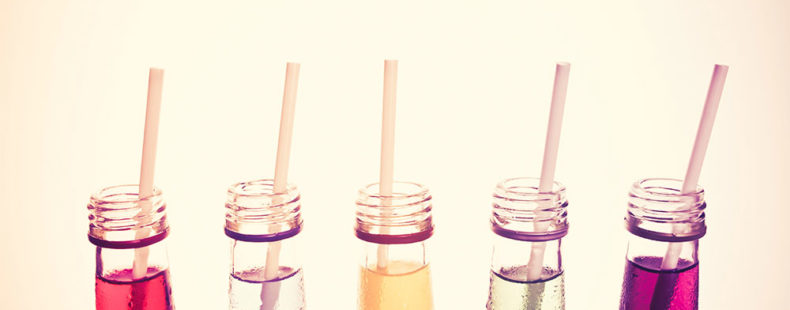Some call it soda. Others say soft drink, fizzy drink, soda pop, or just plain-old pop. There is no right word for the sweet carbonated beverage, although it would be wrong not to know the linguistic background behind the bubbles. That doesn’t mean we don’t have a thirst … for knowledge, that is.
Why are soft drinks called soft?
The “soft” in soft drinks is an adjective used in relation to a hard drink. The beverage is not soft like a pillow. Rather, it is nonalcoholic, unlike a hard drink, which is a distilled alcoholic beverage.
Bathing in and imbibing natural mineral water were ancient practices. Later, Arabic chemists experimented with soft-drink concoctions that included crushed fruit, herbs, or flowers. Dandelion and burdock — a traditional British soft drink — has been around since at least the 13th century.
Where did soda get its name?
The modern-day soft drink, however, didn’t develop until the 18th century, when scientists started synthesizing carbonated water — also known as soda water. The “soda” part of the word is derived from the sodium salts within the water. (The salts reduce the liquid’s acidity.) Another term for soda water is seltzer, named for Selters, a German village known for its hot springs.
As the soft-drink industry grew in the United States, so too did the vocabulary associated with it. Soda was often sold in a part of pharmacies called “soda fountains.” And the employees who worked these fountains were called “soda jerks.” This was not meant as an insult. Soda jerks pulled — or jerked — on the machines to draw out the beverage.
Of course, fizzy drinks come in all shapes and sizes — root beer, lemon-lime, orange, grape … No variety, though, is more archetypal than cola. Cola gets its name from kola, a caffeinated nut native to Africa that traditionally has been chewed to boost energy and suppress hunger pangs.












